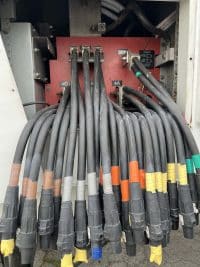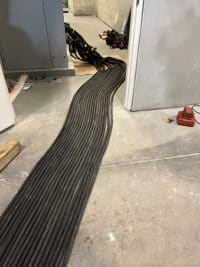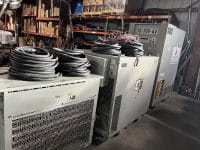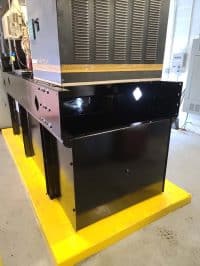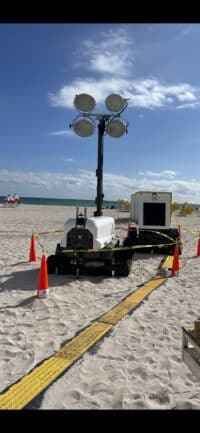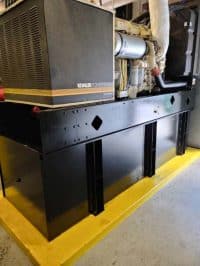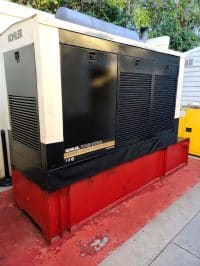Load Bank Testing
Reliable Testing, Reliable Power.
Ensure optimal generator performance with top-tier Load Bank Testing.
What is load bank testing?
A load bank is a device that applies an external electrical load to a generator. Load Bank Testing is a process by which a load bank is connected to a power generator to test its electrical capacity. This helps to confirm a generator’s ability to handle an electrical load and is a key element in any backup power system. Implementing this proactive maintenance measure directly aids in averting potential issues associated with running on minimal load. Such issues can look like wet stacking, carbon deposits in the exhaust pipe, and much more. Standby and backup generators should undergo this assessment often to assess their emergency readiness.
How does it help?
Load Bank Testing offers a range of benefits that enhance both the performance and reliability of a generator. By proactively identifying and addressing issues, you can prolong the lifespan of your equipment and prevent performance deterioration. For example, wet stacking, a common issue with minimally used generators, can impede engine efficiency. Performing this proactive maintenance step effectively removes carbons and foreign materials. By alleviating excess stress on the engine, you can mitigate the risk of poor performance and mechanical failures. This test also confirms the UPS’ battery capacity and inspects electrical connections, enhancing its functionality. Industries who rely on backup power to support mission-critical operations are required to perform load bank tests at a frequency that is in accordance with National Fire Protection Association (NFPA) standards.
Common issues identified
Preventive maintenance can save you from costly repairs and unreliable power in the face of an emergency. Common issues identified with load bank testing are wet stacking, battery failure, overheating, fuel issues, and/or carbon deposits.
In all, prioritizing this test provides you and your team with confidence in your generator’s operational readiness. By confirming that the equipment is fully functional and capable of meeting power demands in emergencies, this testing method ensures the reliability of your backup power systems, allowing operations to continue running smoothly when required.
-
1
If I Never Use My Generator, Should I Still Perform Load Bank Testing?
Yes. When a generator operates at under 30% of its capacity for less than 30 minutes per month, load bank testing should be used as a preventive measure to ensure reliable performance when called upon.
-
2
How Often Should I Perform Load Bank Testing?
MegaWattage recommends performing such on an annual basis and offers this service as a part of our Preventive Maintenance Program.
-
3
How Long Does the Test Take?
We recommend a 4 hour test allowing it to run until it gradually reaches 100% capacity.

